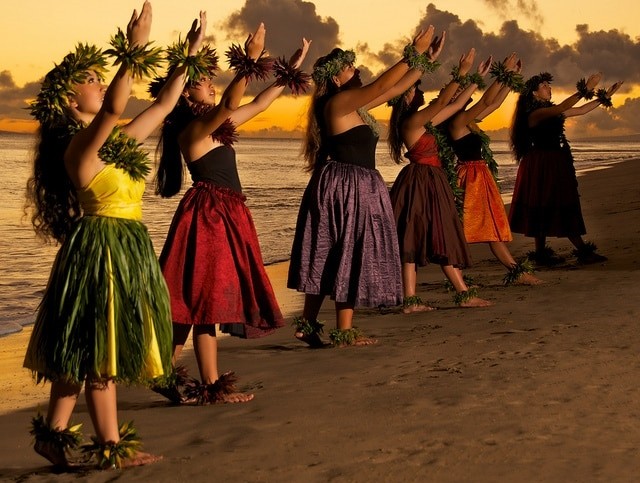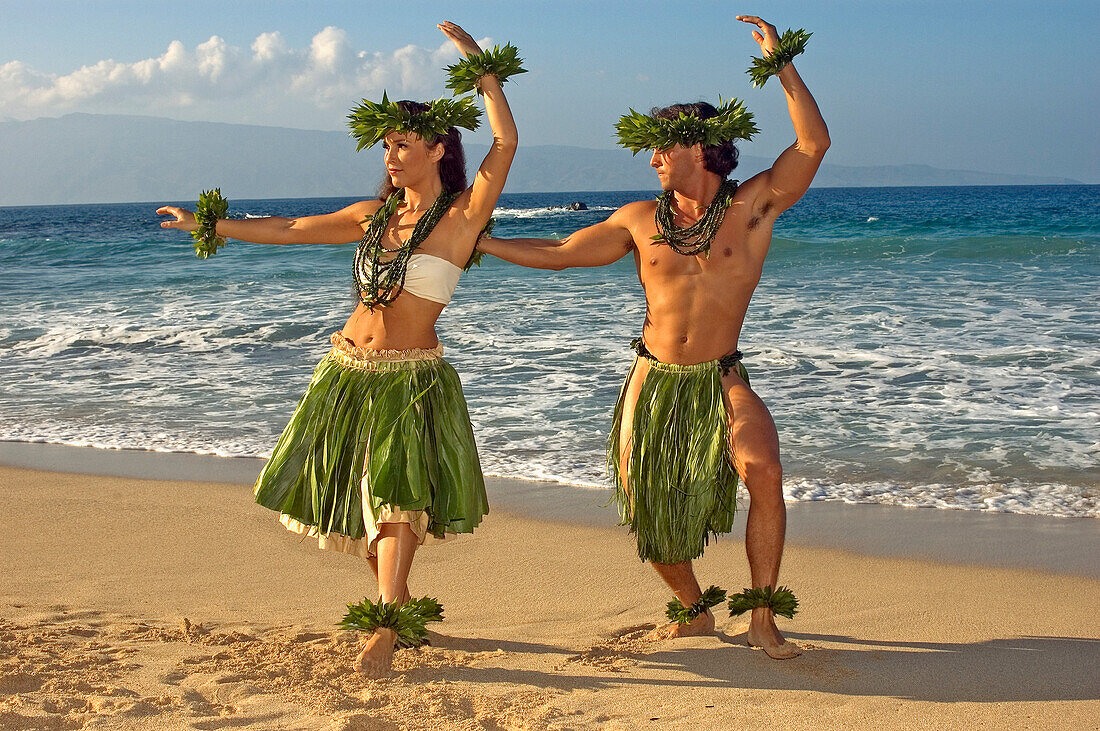🌺Hula🌺
History of Hula
Hula has been an integral part of Hawaiian culture since ancient times. Various Hawaiian islands claim to be the birthplace of hula, with tales ranging from Hopoe (Hi'iaka's friend) as the first dancer to the fertility goddess Kapo’ulakina’u serving as the divine patron of hula. Despite differing origin stories, they all share a common thread, linking back to some goddess in some way.
At its core, hula became a means for Hawaiians to pass down stories through generations. Each graceful and beautiful hula gesture or move typically represents a specific part or character in a narrative, from the 'Ami depicting the movement of the ocean to traditional hand movements symbolizing the wind picking up the sand. Hula served as a reflection of how ancient Hawaiians perceived nature and conveyed their origin stories.
Captain Cook's arrival in 1778 had a profound impact on cultural shifts brought about by colonization, including the documentation of hula. Missionary influence led to the abandonment of the traditional Hawaiian legal system, the kapu, resulting in significant social disruptions and the monarchy's eventual adoption of Christianity. Princess Kaahumanu later imposed a ban on the practice of hula, but Hawaiians clandestinely continued its practice, defying the prohibition.
Despite challenges, hula persisted and evolved, experiencing a resurgence in 1874 with King Kalaua's support. The overthrow in 1893 led to hula losing official recognition as a Hawaiian religious practice by the US government. However, due to the dedication of kapunaa teaching their keiki, hula continued to adapt to global influences.
The establishment of the Merrie Monarch festival in the 1960s played a crucial role in preserving authentic hula amid increasing commercialization. As hula spread globally, the challenge remains to balance its evolution with preserving its Hawaiian origins. Passing on the practice of hula to future generations is crucial, emphasizing the importance of the stories embedded in the dances.
The proverb "Nana i ke kumu," meaning to look at the source or origin, is a common saying in hula that signifies the importance of maintaining hula's connection to the ancient people and their traditions.





